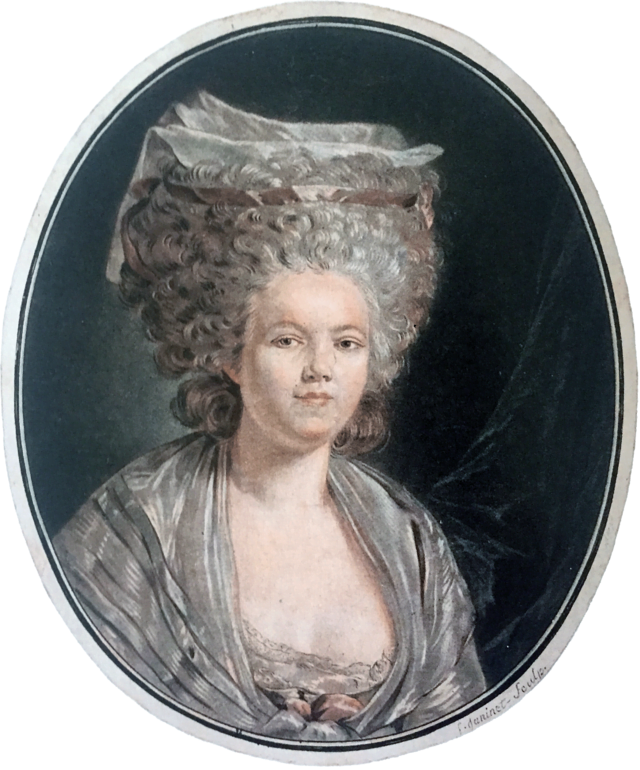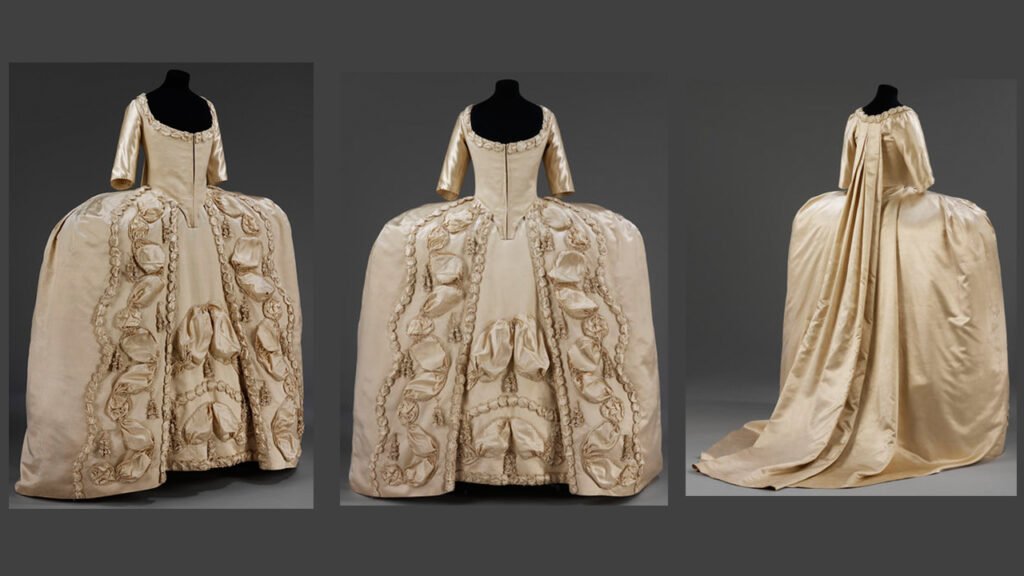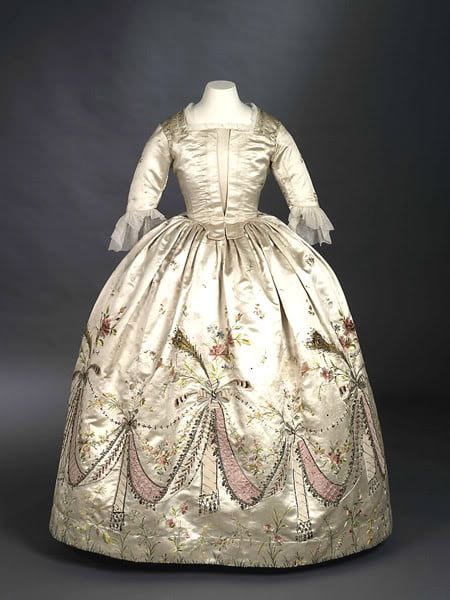
Fashion has always been a powerful medium of expression, and throughout history, few names have stood out as significantly as Rose Bertin. Often credited as the first celebrated fashion designer, Rose Bertin‘s contributions to the world of fashion were revolutionary. Let’s dive into the life and legacy of the woman who dressed Marie Antoinette and left an indelible mark on fashion history.
Table of Contents
Early Life and Background
Born on July 2, 1747, in Abbeville, France, Marie-Jeanne Rose Bertin grew up in a modest family. Her early fascination with clothing and design set the stage for her future career. Despite her humble beginnings, Bertin’s talent and ambition were evident from a young age.
Notable Collection


photo/agnautacouture
Rose Bertin: At a Glance
| Category | Details |
|---|---|
| Full Name | Marie-Jeanne Rose Bertin |
| Date of Birth | July 2, 1747 |
| Place of Birth | Abbeville, France |
| Occupation | Fashion Designer, Dressmaker |
| Notable Titles | Minister of Fashion, The Queen’s Dressmaker |
| Major Clients | Marie Antoinette, French aristocrats |
| Famous Shop | Le Grand Mogol |
| Key Innovations | Pouf hairstyle, Polonaise gown, use of luxurious fabrics |
| Influence | Shaped fashion trends in Europe, early pioneer of haute couture |
| Challenges Faced | Criticisms during French Revolution, association with Marie Antoinette |
| Date of Death | 1813 |
| Legacy | Trailblazer for modern fashion designers, elevated dressmaking to an art form |
Rise to Prominence
At the age of 16, Bertin moved to Paris, the epicenter of fashion and culture. Here, she apprenticed under a milliner, learning the intricacies of hat-making and garment design. By 1770, Bertin had established her own shop, Le Grand Mogol, located on Rue Saint-Honoré. This boutique soon became the go-to place for Parisian aristocrats seeking the latest fashions.
The Queen’s Dressmaker
One of the most significant turning points in Bertin’s career was her introduction to Marie Antoinette, the young and fashion-forward queen of France. Bertin quickly became the queen’s favored dressmaker, earning the title “Minister of Fashion.” Together, they revolutionized court fashion, introducing elaborate gowns, extravagant hairstyles, and intricate accessories.
Innovations and Contributions
Bertin’s designs were characterized by their opulence and attention to detail. She introduced new styles, such as the pouf—a voluminous, elaborate hairstyle—and the polonaise—a gown with a skirt gathered in three sections. Her use of luxurious fabrics like silk, velvet, and lace, combined with her innovative designs, set new trends and standards in fashion.
Impact on Fashion
Rose Bertin’s influence extended far beyond the French court. Her designs were emulated by women across Europe, making her one of the first internationally recognized fashion designers. Bertin’s ability to create garments that were both works of art and expressions of personal identity helped shape the modern fashion industry.
Challenges and Controversies
Despite her success, Bertin faced numerous challenges. Her close association with Marie Antoinette made her a target during the French Revolution, as the queen became a symbol of excess and extravagance. Bertin’s luxurious designs were criticized as emblematic of the aristocracy’s disconnect from the common people. Additionally, the economic and political turmoil of the revolution significantly impacted her business.
Later Years and Legacy
After the fall of the monarchy, Bertin continued to work as a dressmaker, but her influence waned. She eventually retired and returned to her hometown, where she passed away in 1813. However, her legacy lived on. Rose Bertin is remembered as a trailblazer who elevated the status of dressmakers to that of respected artists and set the foundation for modern haute couture.
What Happened to Rose Bertin?
After the tumultuous years of the French Revolution, Rose Bertin’s life took a quieter turn. With the fall of her most prominent patron, Marie Antoinette, and the upheaval of the revolution, Bertin faced significant changes. Her business, once thriving due to her connections with the royal court, struggled as the political landscape shifted dramatically. Bertin adapted by continuing her work on a smaller scale, catering to a more limited clientele.
In her later years, Bertin retired from the bustling world of fashion and returned to her roots in Abbeville. Despite the decline in her business, she remained respected for her past achievements and innovations in fashion. Rose Bertin passed away in 1813, but her influence on the fashion industry endured long after her death.
Also Read-Luxury and Tradition: 10 Most Popular Designer Brands In India
Conclusion
Rose Bertin’s story is one of talent, innovation, and resilience. Her ability to blend artistry with fashion not only captivated the French court but also left a lasting impact on the fashion industry. From her humble beginnings to becoming the queen’s dressmaker, Bertin’s journey is a testament to the transformative power of fashion.
FAQs
Who was Rose Bertin?
Rose Bertin was a pioneering French fashion designer and the dressmaker to Queen Marie Antoinette. She is often credited with being one of the first celebrated fashion designers.
What were Rose Bertin’s major contributions to fashion?
Bertin introduced new styles and trends, such as the pouf hairstyle and the polonaise gown. She used luxurious materials and elaborate designs, shaping the fashion industry of her time.
How did Rose Bertin influence Marie Antoinette’s style?
Bertin worked closely with Marie Antoinette, creating extravagant and innovative garments that became synonymous with the queen’s image. Her designs helped establish Marie Antoinette as a fashion icon.
What challenges did Rose Bertin face in her career?
Bertin faced criticism for her association with the extravagant lifestyle of the French court. The French Revolution significantly impacted her business, as luxury fashion was seen as a symbol of the aristocracy’s excesses.
What is Rose Bertin’s legacy in the fashion world?
Rose Bertin’s legacy lies in her role as a trailblazer for modern fashion designers. She elevated dressmaking to an art form and set the stage for the development of haute couture.
One thought on “Rose Bertin: The Queen’s Dressmaker and the Pioneer of Haute Couture”